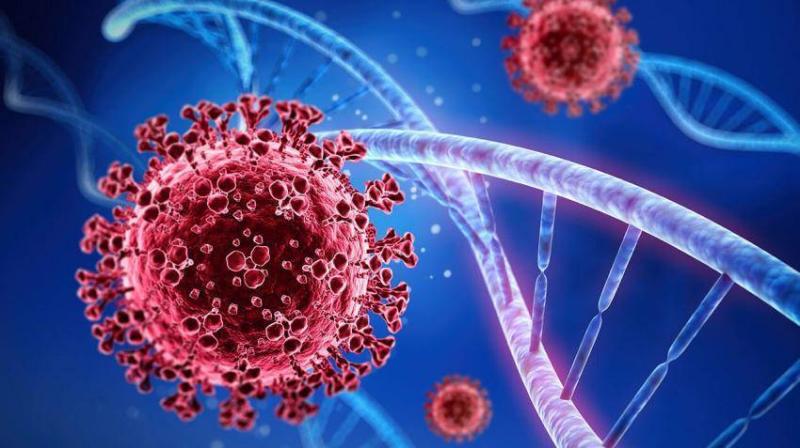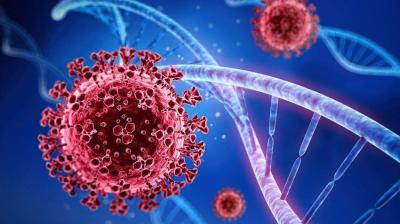People's minds are turning towards the COVID-19 virus and the return of the coronavirus pandemic, especially with the emergence of the new variant FLiRT, which is characterized by its high transmissibility and resistance to vaccines, raising concerns among scientists about the possibility of a new wave of infections worldwide. The FLiRT variant is one of the strains of the coronavirus, and according to medical experts, it is expected to be the most widespread, targeting certain demographics, most notably the elderly and children. Infection rates have begun to rise in the United States and Germany, raising fears regarding the severity and effectiveness of vaccines against it, according to the health-focused Mayo Clinic website.
Moreover, the World Health Organization has stated that the new coronavirus variant is the most transmissible and dangerous, due to the extreme heat that the world is expected to experience in 2024, which some scientists have dubbed "the hottest year." The symptoms of the FLiRT variant closely resemble those of previous coronavirus strains but may be more severe and include:
- Fever: a significant increase in body temperature
- Cough: a dry cough or a cough accompanied by mucus
- Shortness of breath: the feeling of difficulty in breathing or chest tightness
- Fatigue: a sense of extreme tiredness and loss of energy
- Muscle pain: pain in the muscles and joints
- Headache: pain in the head
- Loss of taste or smell: inability to taste or smell food or odors
- Sore throat: the feeling of pain or inflammation in the throat
- Diarrhea: frequent watery bowel movements
- Nausea or vomiting: feelings of nausea or vomiting
It is believed that the FLiRT variant is more transmissible than previous coronavirus strains, including the Omicron variant, and it may be more resistant to vaccines, meaning vaccinated individuals may be more susceptible to infection. Wearing masks in crowded or enclosed spaces is considered an effective way to help reduce the risk of infection, in addition to personal hygiene, such as washing hands frequently with soap and water for at least 20 seconds, especially after touching surfaces or being in crowded places. Additionally, ventilating enclosed spaces to prevent virus buildup and regularly cleaning surfaces with disinfectants are also effective methods of preventing the virus.




